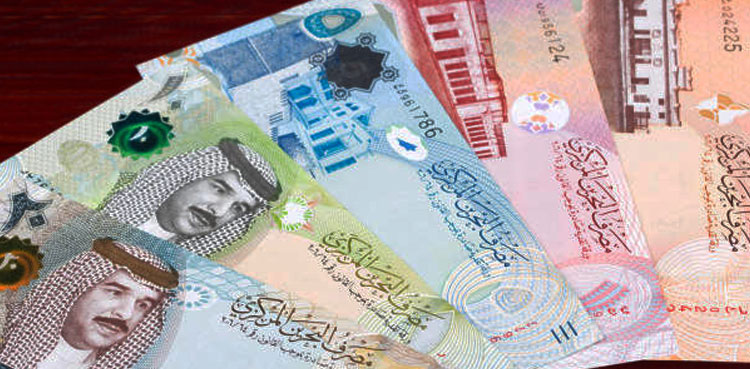Karachi/Manama: The Bahraini Dinar (BHD) maintained its position against the Pakistani Rupee (PKR) at 749.42 on August 9, 2025, unchanged from its August 6 closing rate.
This stability comes after a notable decline from the 751.33 PKR rate recorded on August 4, marking a slight recovery phase for the currency pair.
BHD to PKR- Latest Updates
Recent Volatility Highlights Currency Market Dynamics
The BHD-PKR exchange rate has experienced significant fluctuations over the past six weeks, demonstrating the inherent volatility in emerging market currency pairs. The currency reached a recent high of 759.88 PKR on July 22 before experiencing a downward trend that culminated in the August 4 drop to 751.33 PKR.
Key price movements include:
- July 31: 751.43 PKR (slight decline)
- July 28: 756.67 PKR (moderate strength)
- July 22: 759.88 PKR (peak performance)
- July 19: 755.64 PKR (consolidation)
- July 14: 754.38 PKR (steady trading)
The volatility extended into late June and early July, with rates fluctuating between 751.23 PKR and 753.22 PKR, before the more pronounced movements began in mid-July.
Exchange Rate Valuation Analysis
Current Market Position
At 749.42 PKR per BHD, the current exchange rate reflects a 0.88% increase from the June 8 low of 744.79 PKR, indicating underlying strength in the Bahraini Dinar relative to the Pakistani Rupee over the two-month period. However, the recent decline from July highs suggests profit-taking and potential market correction.
Volatility Assessment
The exchange rate has shown a trading range of approximately 15 PKR over the past two months, representing roughly 2% volatility. This level of fluctuation is typical for Gulf Cooperation Council (GCC) currencies paired with South Asian currencies, reflecting:
- Oil price movements affecting Gulf economies
- Pakistan’s economic policy changes and inflation dynamics
- Regional trade flows and remittance patterns
- Central bank interventions and monetary policy adjustments
Technical Outlook
The current consolidation around 749.42 PKR suggests the market is finding equilibrium after the July rally. The stabilization at this level may indicate strong support, with traders watching for either a break above recent highs or a test of the June lows.
Currency Profiles: Understanding BHD and PKR
Bahraini Dinar (BHD): Gulf Stability
The Bahraini Dinar stands as one of the world’s strongest currencies, consistently ranking among the highest-valued monetary units globally. Introduced in 1965, the BHD replaced the Gulf rupee and has maintained remarkable stability through its peg to the US Dollar at approximately 0.376 BHD per USD.
Key Characteristics:
- Peg System: Fixed exchange rate to the US Dollar since 2001
- Central Bank: Central Bank of Bahrain maintains monetary stability
- Economy: Heavily dependent on oil revenues and financial services
- Subdivisions: 1 Dinar = 1,000 Fils
- Regional Role: Part of the GCC monetary framework
Bahrain’s economy benefits from its position as a regional financial hub, hosting numerous international banks and serving as a gateway for Gulf investments. The country’s relatively small size and strategic location have made it a preferred destination for financial services in the Middle East.
Pakistani Rupee (PKR): Emerging Market Dynamics
The Pakistani Rupee serves as the official currency of Pakistan, a nation of over 240 million people and one of South Asia’s largest economies. Managed by the State Bank of Pakistan, the PKR operates under a flexible exchange rate system that has experienced significant volatility in recent years.
Key Characteristics:
- Exchange System: Flexible exchange rate since 2000s
- Central Bank: State Bank of Pakistan manages monetary policy
- Economy: Agriculture, textiles, and services-based economy
- Subdivisions: 1 Rupee = 100 Paisa
- Challenges: Inflation pressures and external debt concerns
Pakistan’s economy faces ongoing challenges including energy shortages, political uncertainty, and external financing needs. These factors contribute to PKR volatility against major currencies, including Gulf currencies like the BHD. The country’s large diaspora, particularly in Gulf countries, creates significant remittance flows that influence the PKR’s exchange rate dynamics.
The BHD-PKR pair reflects the economic relationship between a stable, oil-rich Gulf state and a large, developing South Asian economy, making it an important indicator of regional economic trends and cross-border financial flows.
